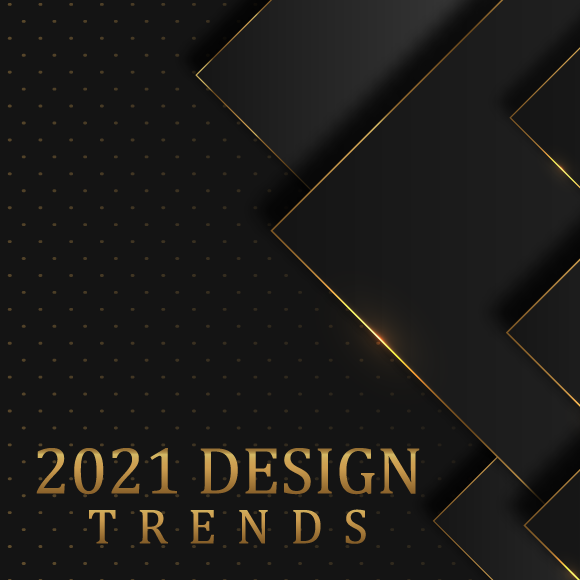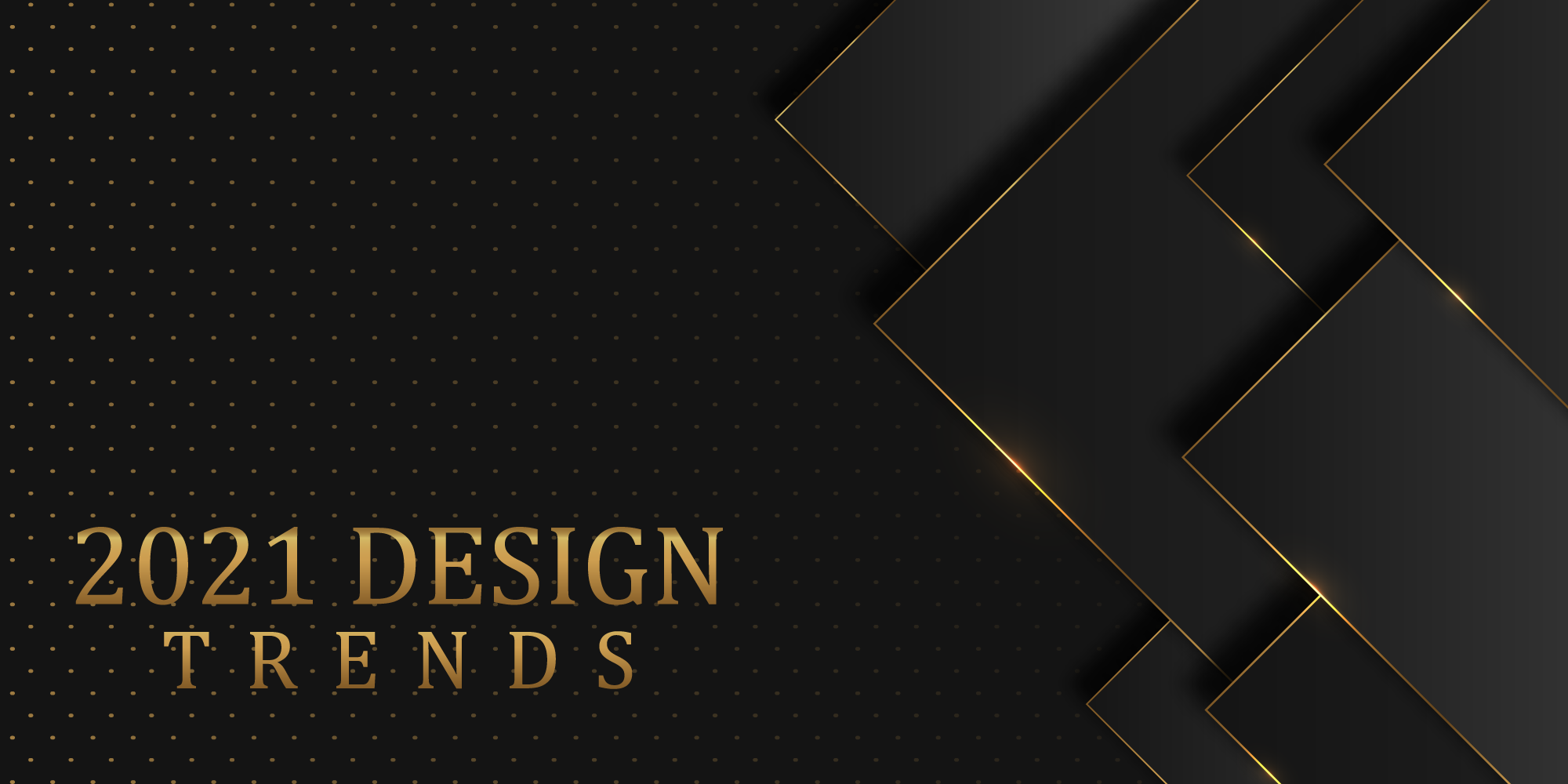
NO. 1 3D Design
3D design is the practice of giving depth and lighting to a flat format thus giving the illusion of a three-dimensional piece. Think of shows such as Toy Story and Avatar as examples of the different styles of 3D. 3D design in something like Toy story is going to be much more animated and cartoonish, while Avatar is made to look extremely realistic.
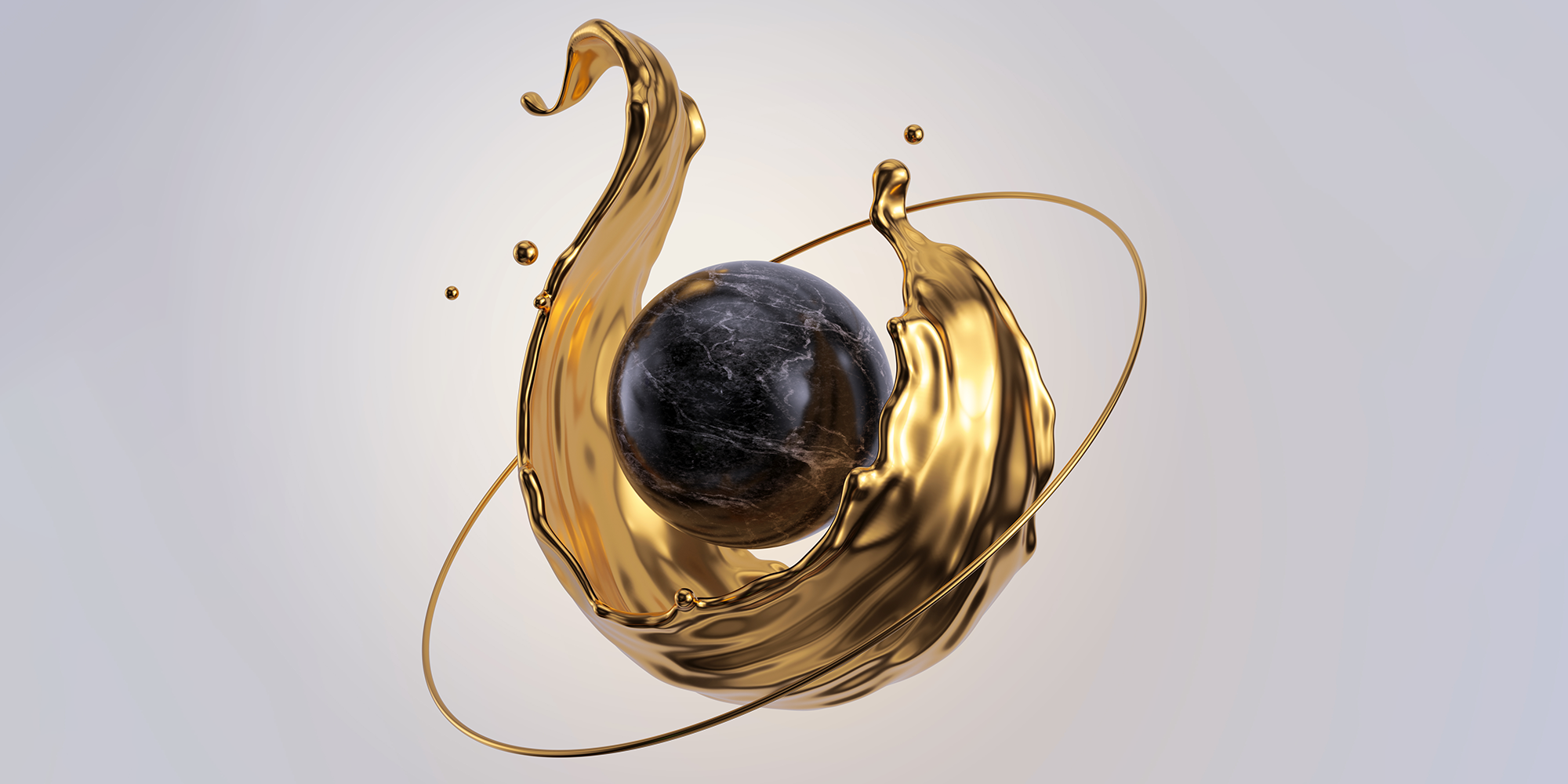
NO. 2 Emoji Design
Emoji are Unicode characters, assigned a numerical code, by the parent companies. A single Unicode emoji will have different designs based on whether it is being used by Apple, Google, Twitter, or any other number of companies. While each company may have their own design, the Unicode character is a universal concept across all companies. For instance, the ice cream emoji U+1F366 will be a different ice cream emoji depending on where it is being used.
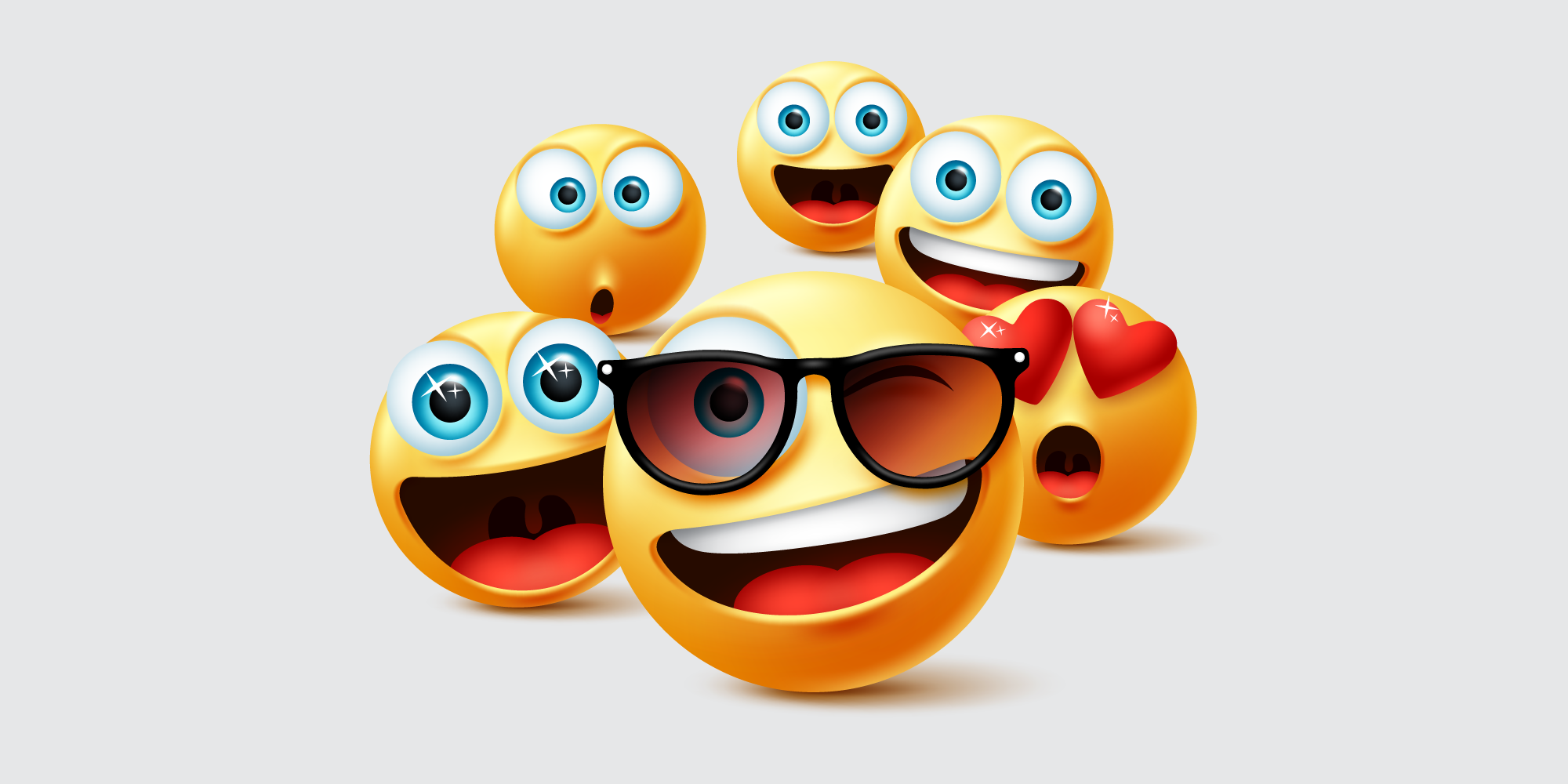
NO. 3 Nature-Inspired Design
Who isn’t inspired when they see a great sunset or a beautifully blooming tree. Utilizing these design elements is known as Biomimicry and can make our designs more beautiful and effective. Biomimicry is the design and production of materials, structures, and systems that are modeled on biological entities and processes. The Golden Ratio & Fibonacci Series are examples from Leonardo da Vinci that utilize Biomimicry.
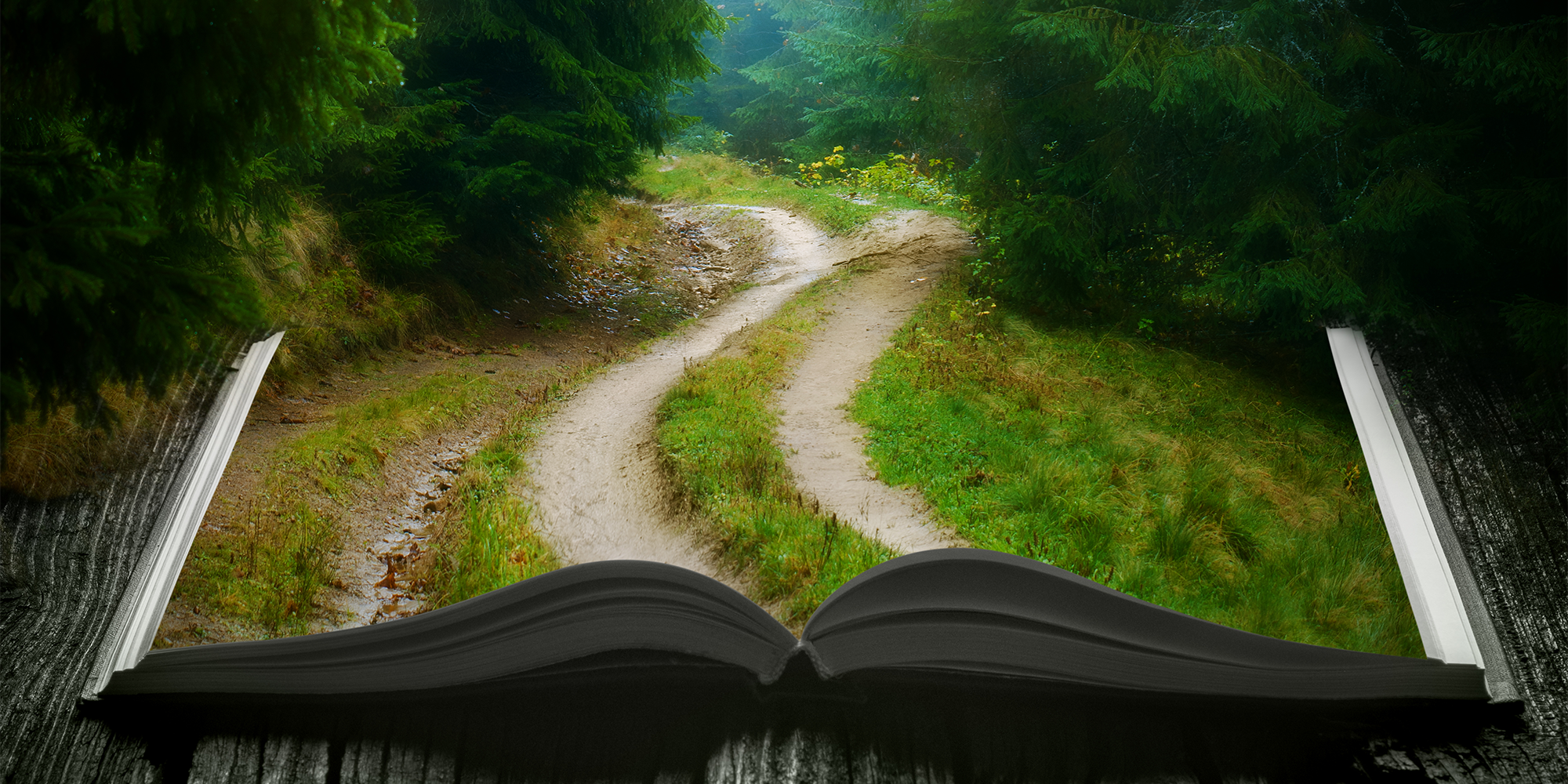
NO. 4 Optical Illusion Design
Optical illusion is an illusion caused by the visual system and characterized by a visual percept that arguably appears to differ from reality. Sometimes utilizing other elements of design such as 3D, the perception of an optical illusion depends on the viewer.
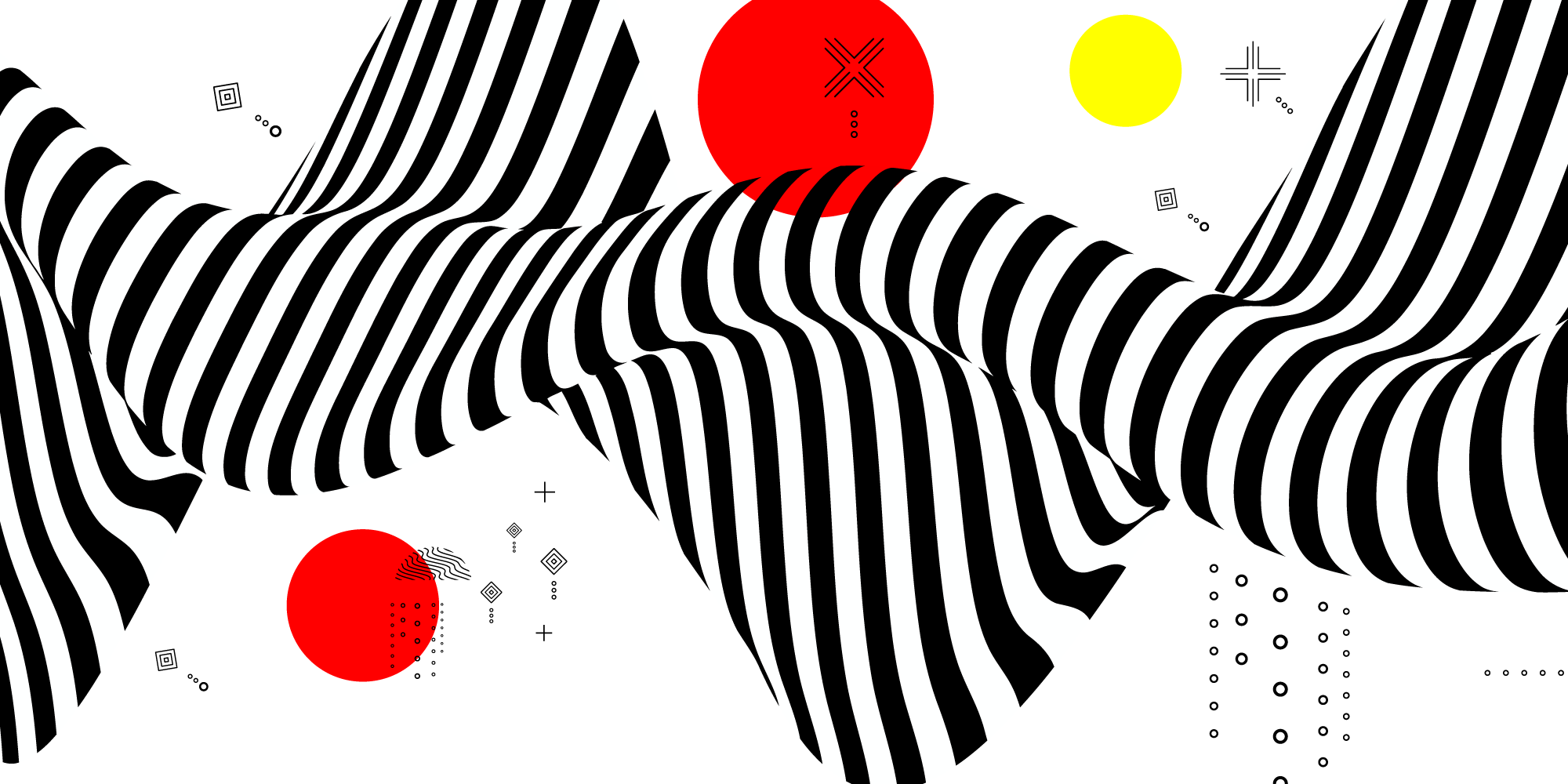
NO. 5 3D Typography Design
3D Typography can be from a 3D font to any other font or text then taken into a secondary editing software such as Adobe Illustrator or Photoshop. 3D typography is more of a free form of design with very few hard fast rules to follow.
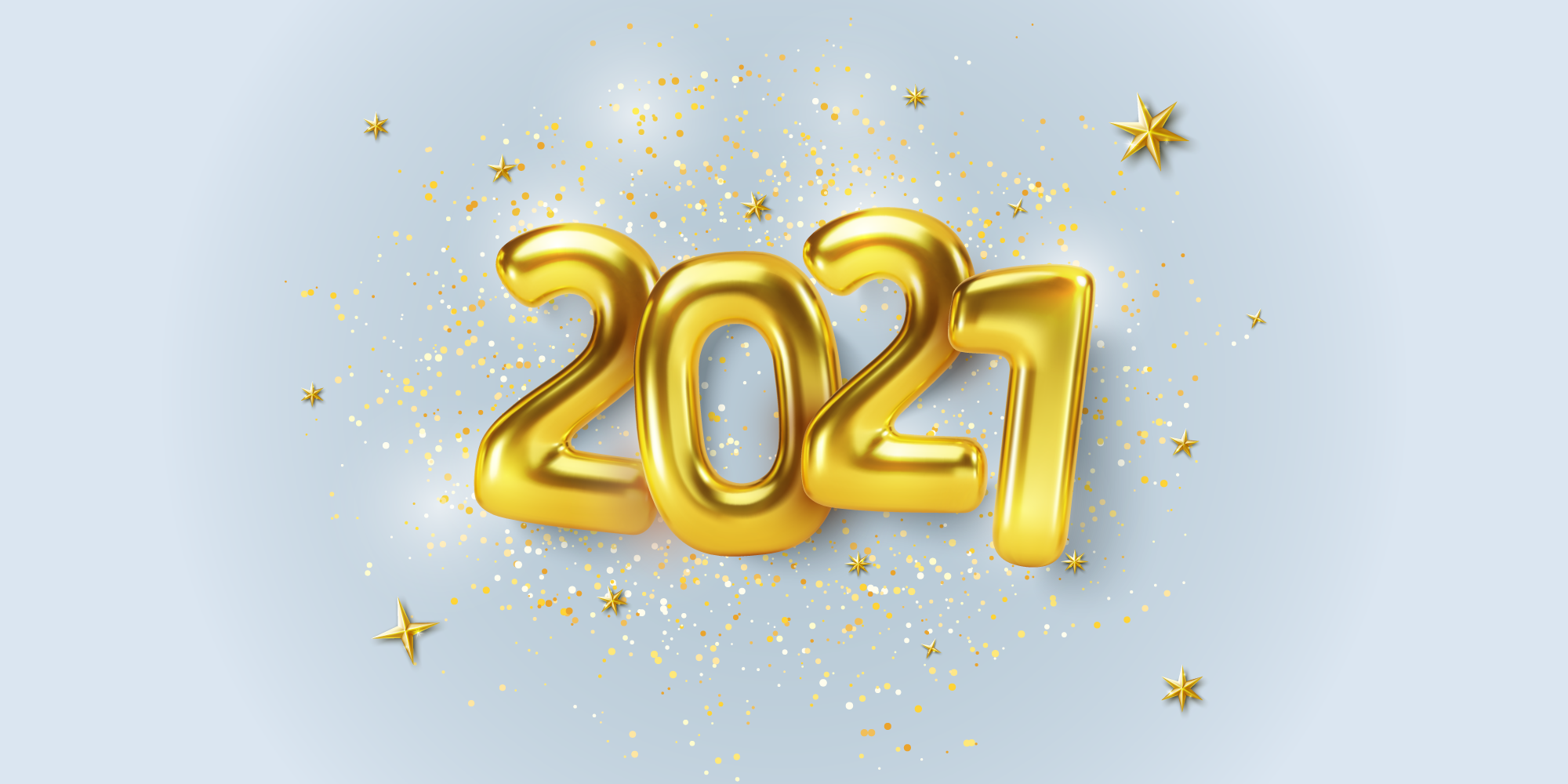
NO. 6 Cartoon Illustrations in Design
Illustrations are a way to convey a complex concept in a simple manner. Illustrations in design can be used as a part of an overall design or as the design itself. Illustrations can be done in a number of ways from woodcutting, metal etchings, pencil drawings and vector graphics.
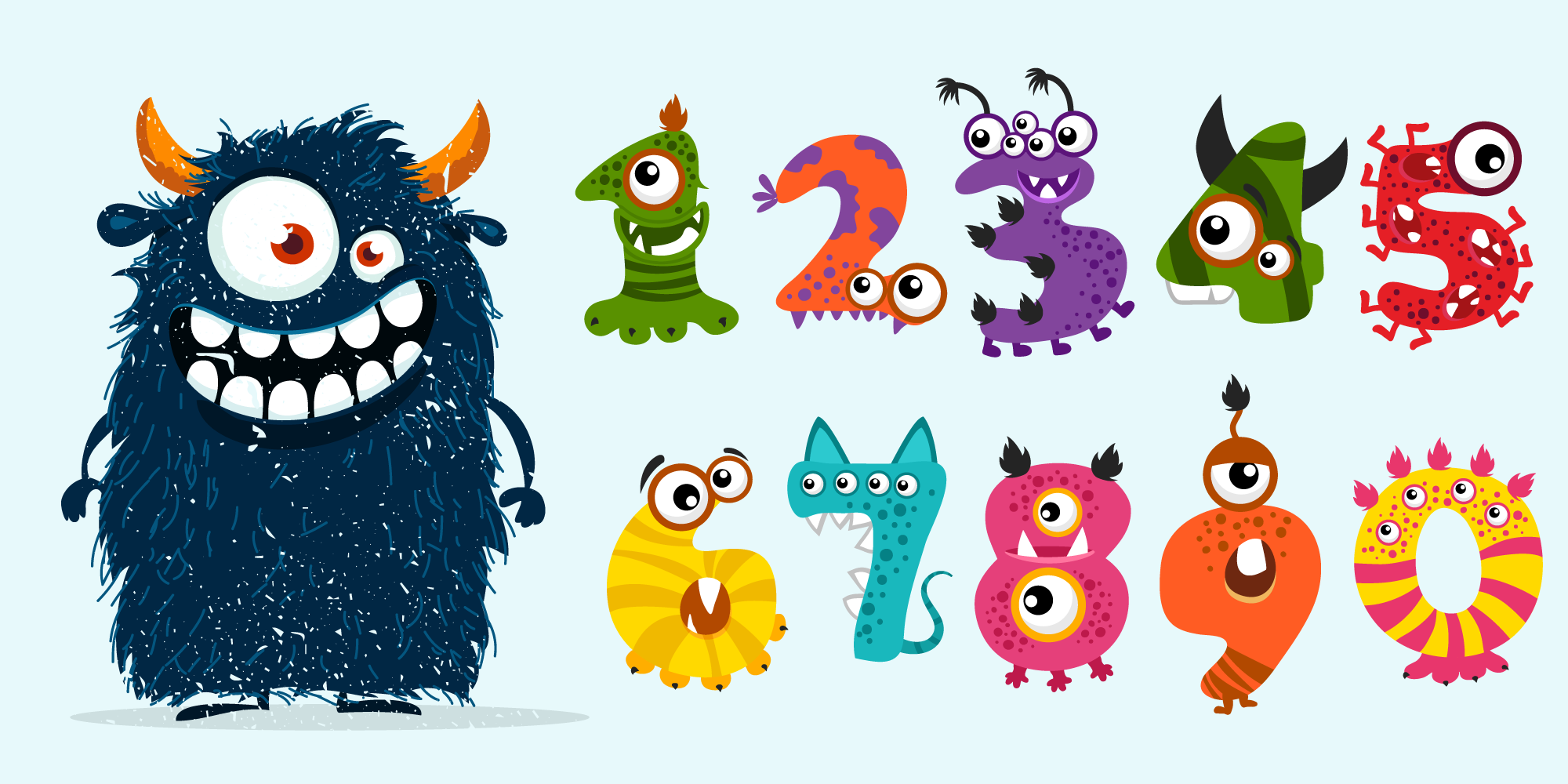
NO. 7 Gold Design
Using the color gold in a design can be cheerful and optimistic. The color can also be associated with opulence and elegance. Metallic inks in printing and foil finished can add the extra kick to punch up a piece.
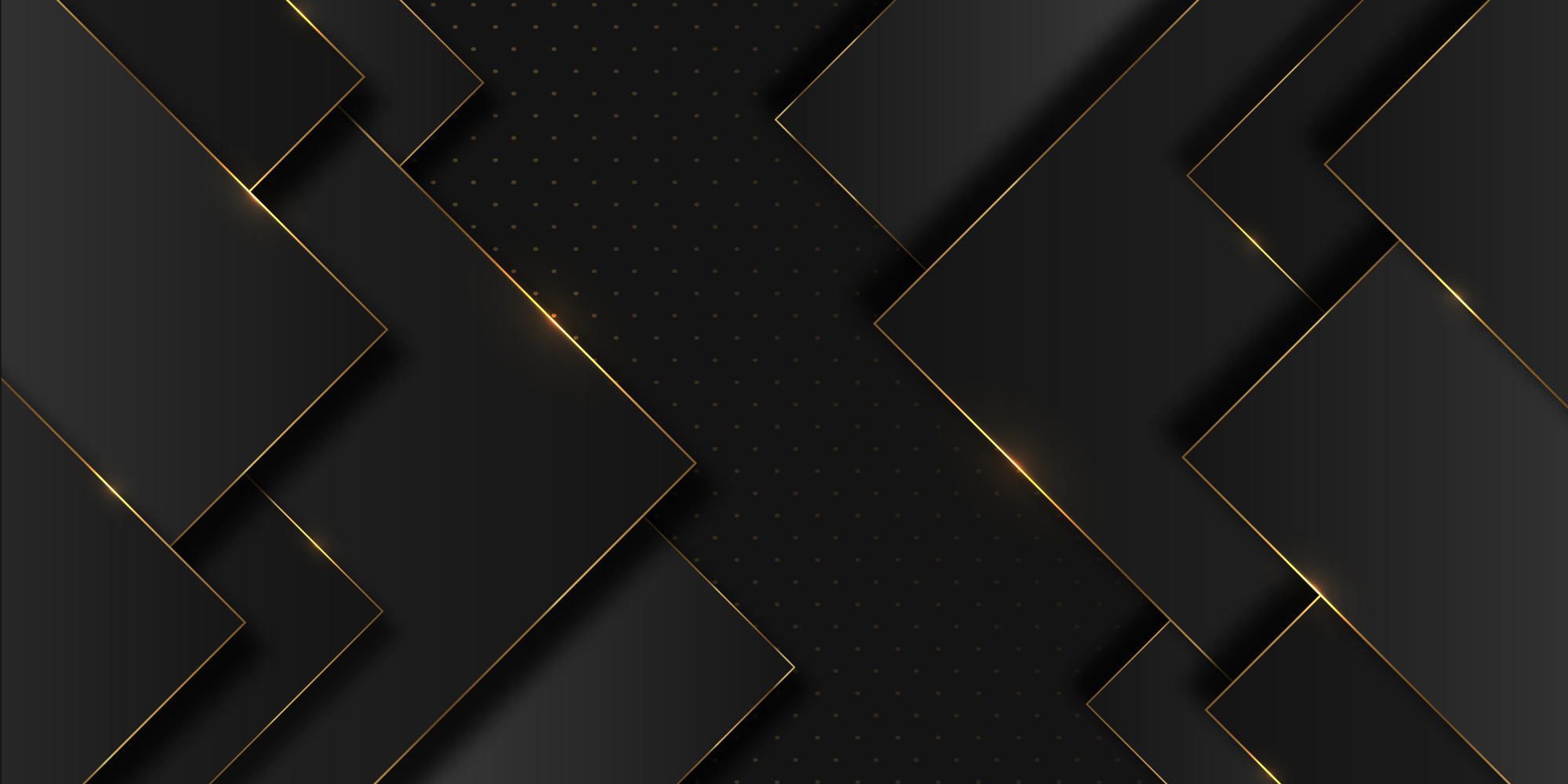
NO. 8 Voxel Art Design
Voxel art is made of “volumetric pixels”, or 3D pixels. Using these pixels to build 3D art pieces. In 3D computer graphics a voxel represents a value on a regular grid in a three-dimensional space.
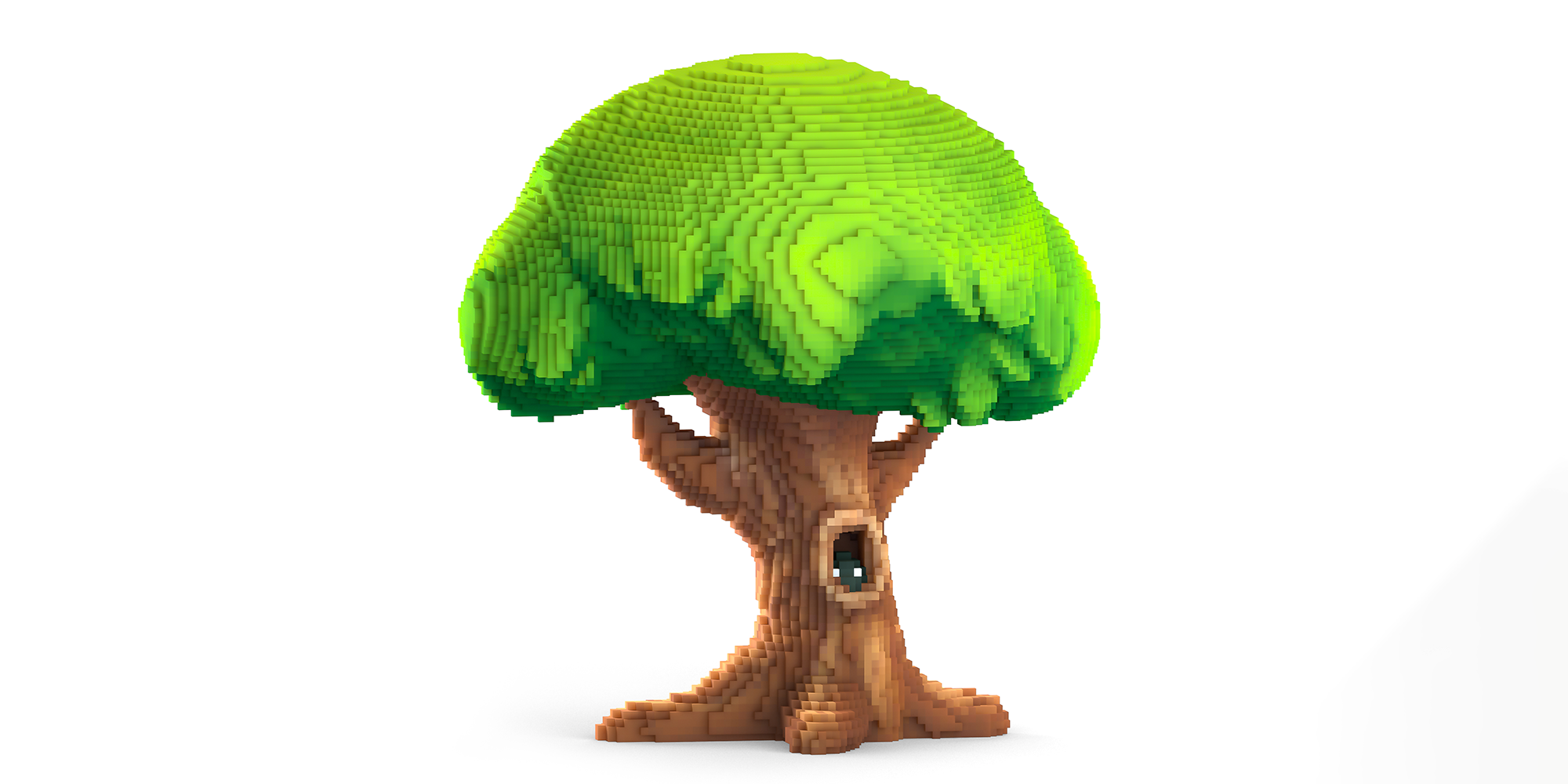
NO. 9 Monochrome & Duotone Design
Monochrome is a single color production, while Duotone is a 2-color production mode. These modes can simplify a design or highlight text or other elements. Minimizing a color palette creates a cohesive look.
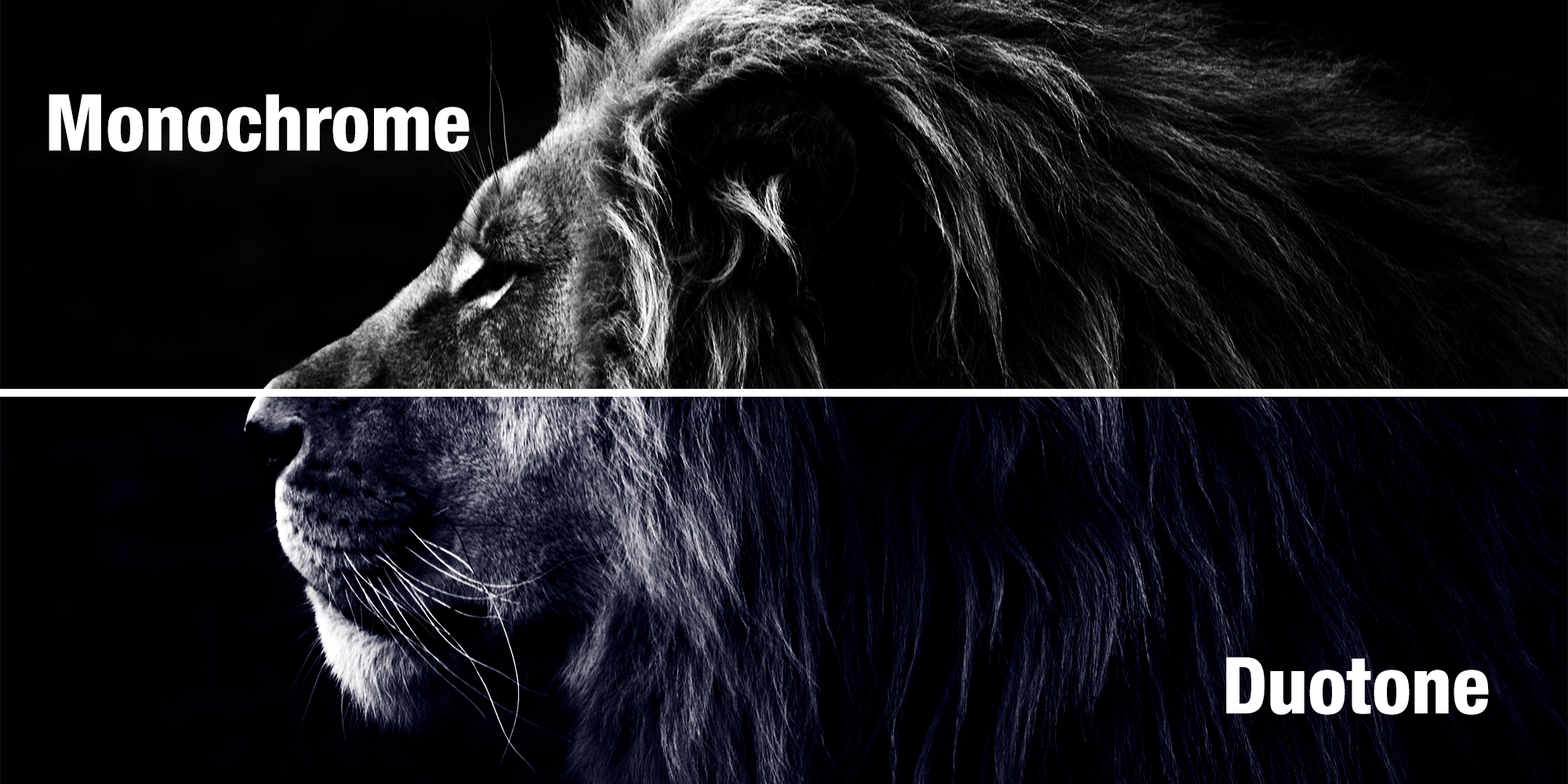
NO. 10 Geometric Shapes Design
Geometric designs and lines create a sense of balance and symmetry in a design. Geometric shapes are used to show how elements can fit together in a design. Due to the way geometric designs generally fit together, the viewer receives an organized and thus a calming piece.
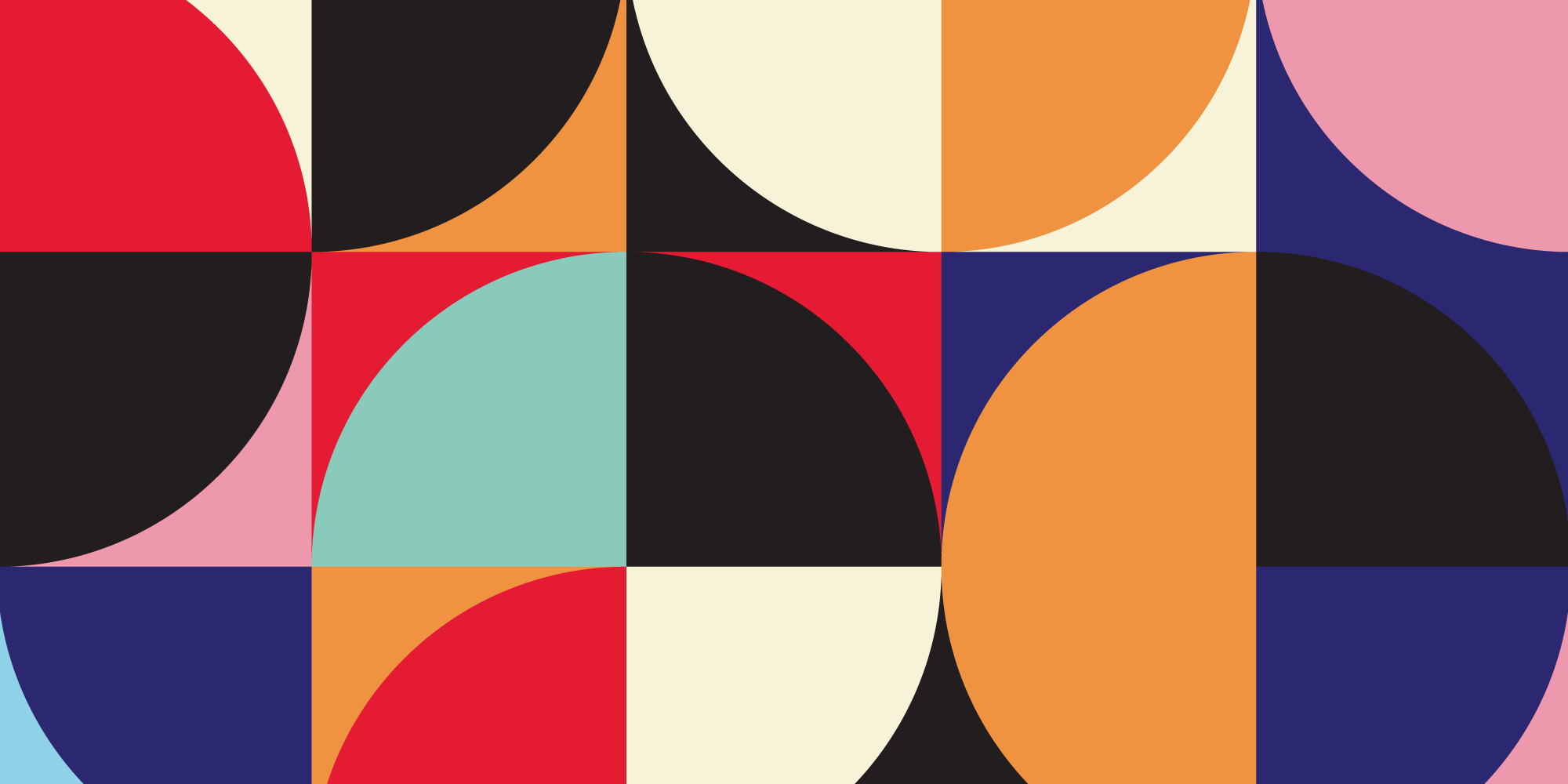
NO. 11 Typography Chaos Design
Typography chaos utilizes three-dimensional space in order to achieve more variations on the design. Typographic chaos generally breaks the common rules of typography. This method relies heavily on creativity and experimentation. An important note about breaking rules, in order to break the rules, you must first understand the existing rules and the reasons for these rules. Once a full understanding has occurred, the rules can then be broken and bent where applicable.
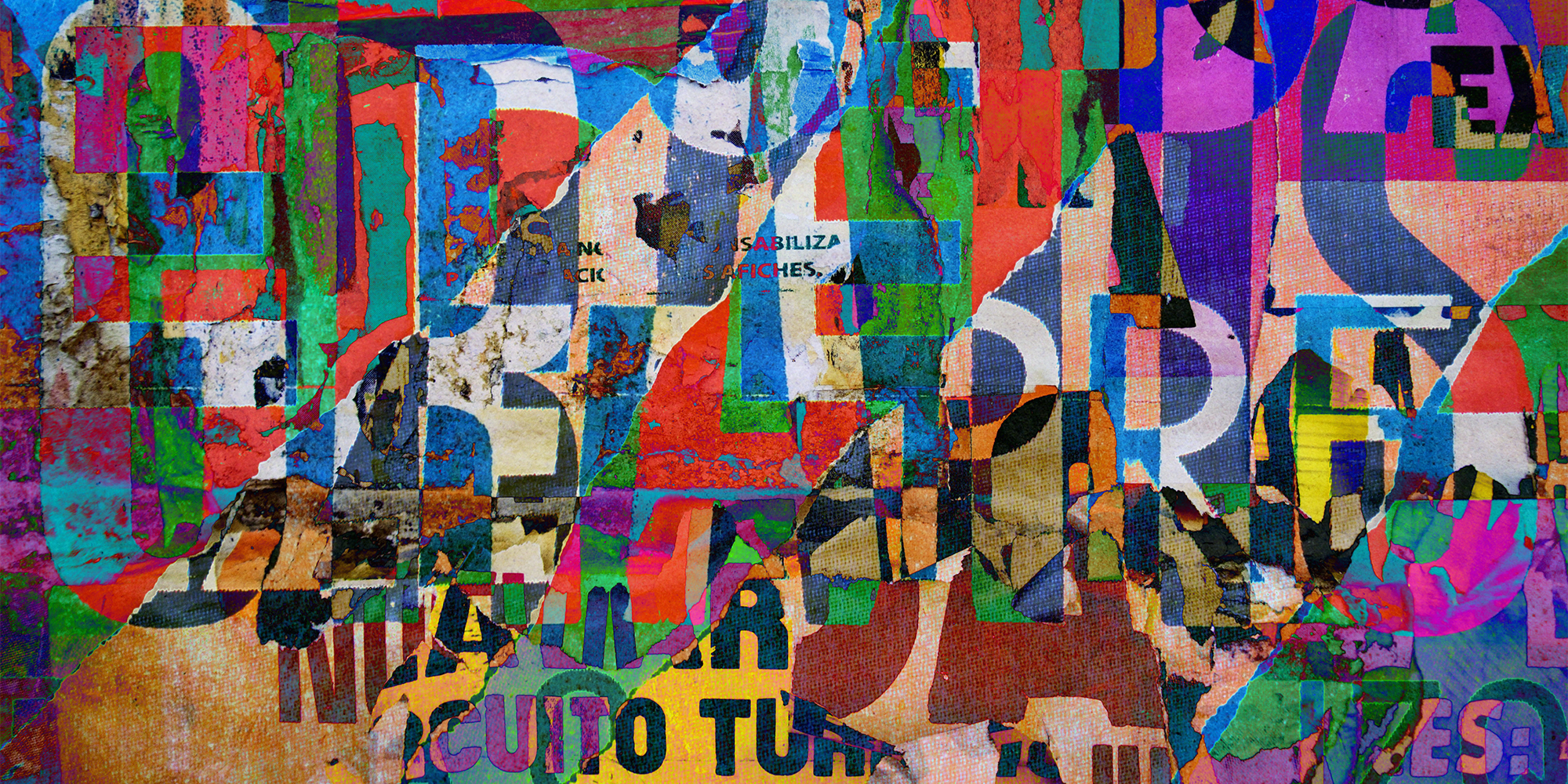
NO. 12 Colorless Design
Colorless design makes a b-line in the opposite direction of the bright colors that are the design norm. Instead of trying to grab the recipients attention with colors that can overwhelm them, a colorless design has the ability to act as a real world version of a dark mode in some cases.
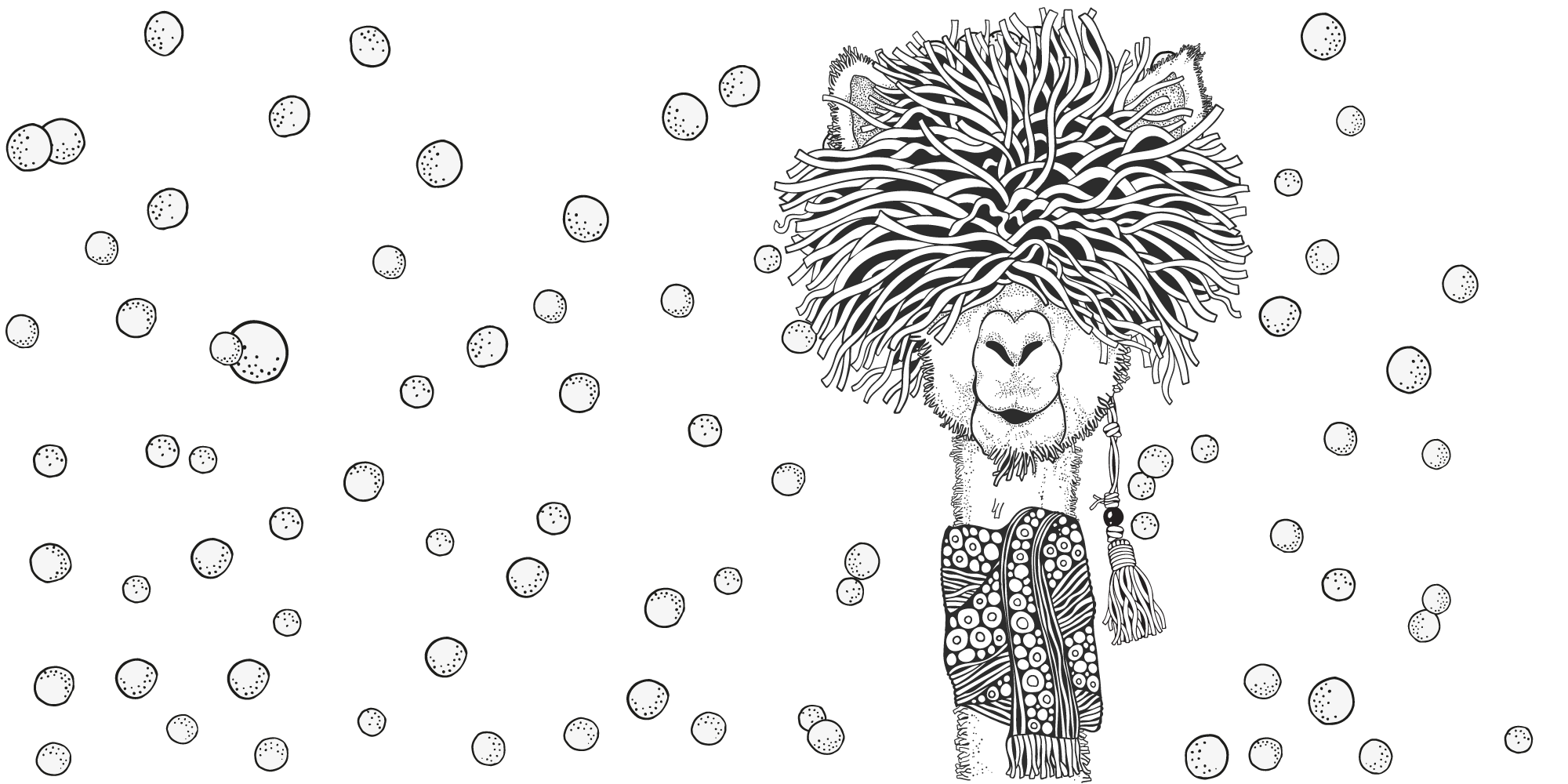
To see more articles like this, sign up for the NextPage Insights newsletter here. Insights is delivered monthly

